“Feel the hindleg in your hand, a steady hand. Today we have this fashion for hand riding, don’t copy fashion, what is important, is correctness. You must have elasticity from your shoulder to the horse’s mouth, a straight line, a steady connection and elasticity of hand.”
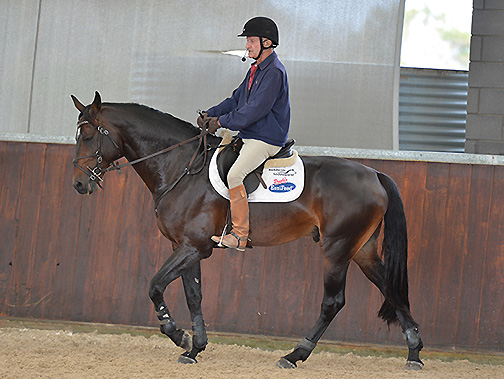
“The horse must be thinking forward, lively, energetic and regular. Straight by virtue of the inside leg to the outside rein.”
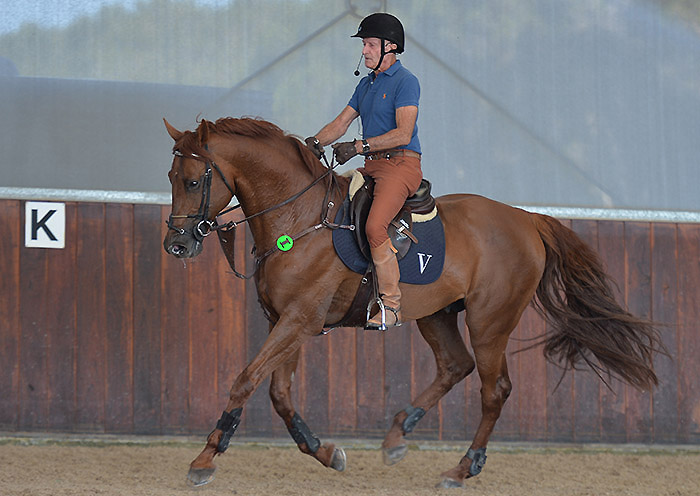
And as the Old Masters taught, straight by virtue of not going straight: “Ride some very light shoulder in, shoulder fore, keep the horse’s body straight, just move the feet, learn to control the horse’s inside hind leg.”
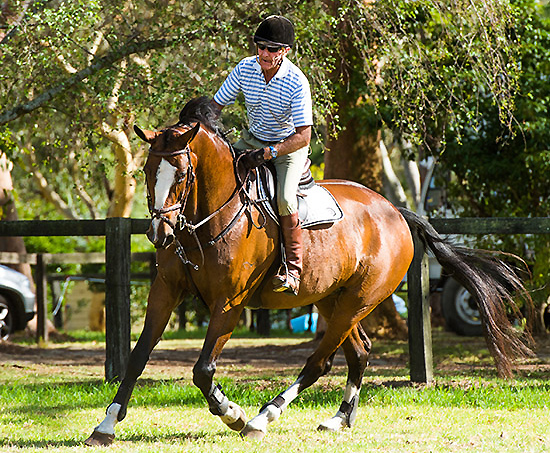
“Give, give, give, be interested in giving.”
“Of course you have to make a half halt with both your hands, but you have to get off the half halt. The half halt puts the horse on his hocks. The half halt for jumping is not as complex as for dressage, just take and give. Take for a maximum four counts, then get off. On the fifth count you are hanging on the mouth, that’s too long.”
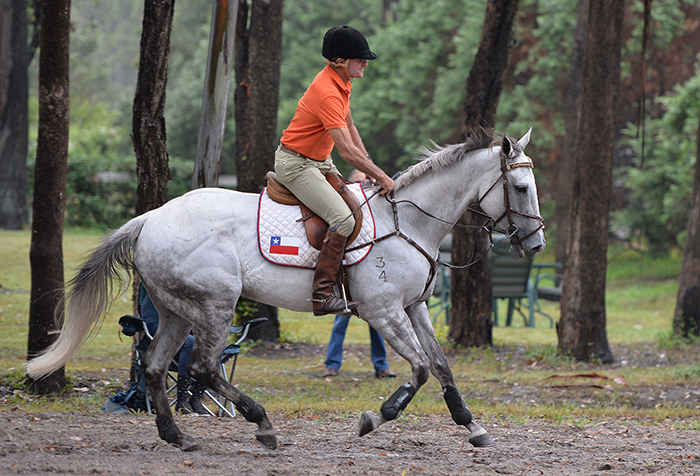
“It is true that when the training is slow, the progress is quick, when the training is quick, the progress is slow.”
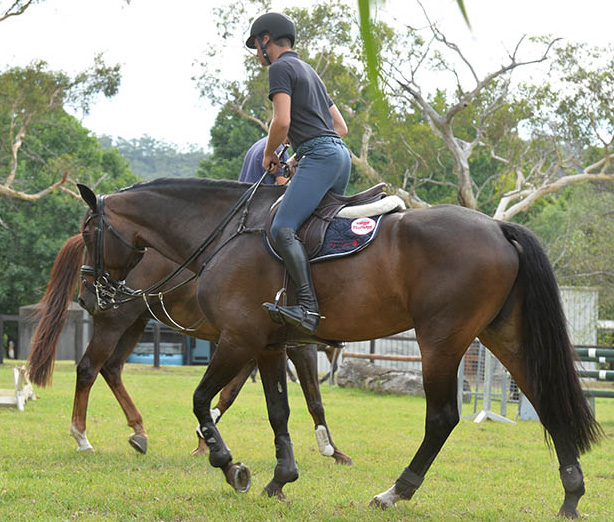
Tom McDermott demonstrates balance…
“There is so much weight in the seat that there is none left for the heels, which are our anchor to the horse.”
“Sitting behind the horse jeopardizes leg contact, leg control. Modern riders have forgotten the lesson of weight distribution and as a consequence, balance has been forgotten.”
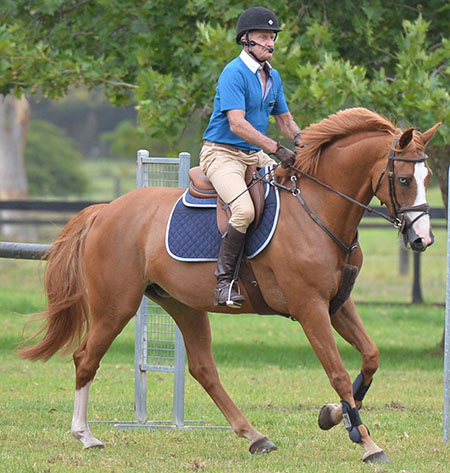
George talks about the qualities of canter for jumping
“I hate these horses that are light in the croup, they kick up behind or swish their tail in the change – it’s a resistance to the legs and seat, a very serious resistance to the driving aids. You see it in dressage, horses that win medals that swish their tails in the changes, they shouldn’t get a mark over 6, tail swishing is a serious resistance to the legs.”
“Riders have such a habit of pulling on the inside rein in the change, that’s why the horses get very light behind, and very short in the change.”
“After the change turn in the opposite direction, in counter canter. I love that exercise, it fixes the horse with a crooked change, quickly.”
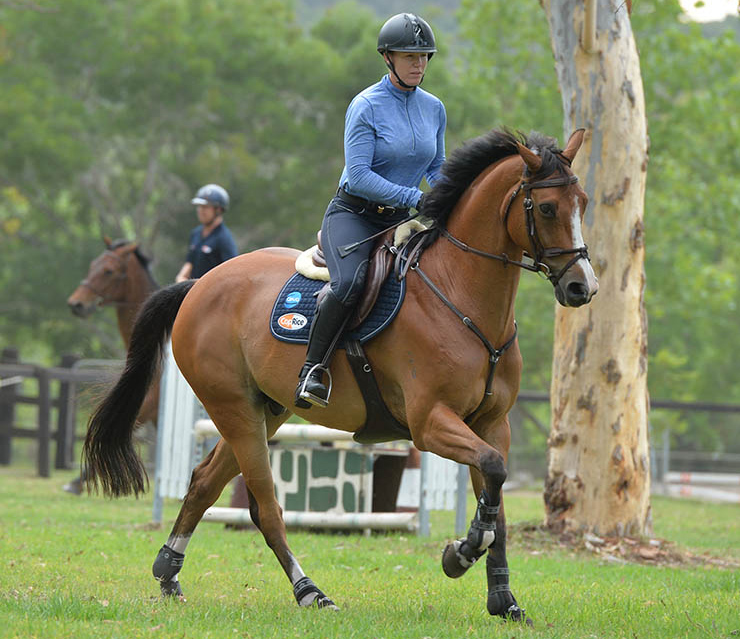
Tallara Barwick shows a collected canter
“One of the beauties of canter work is teaching collected canter. The only purpose of counter canter is to collect the canter, to shorten the horse’s back.”
Breeding eventers or showjumpers?
For the best bloodlines available this season go to www.ihb.com.au and see the extensive range of stallions – there’s the right one for your mare…
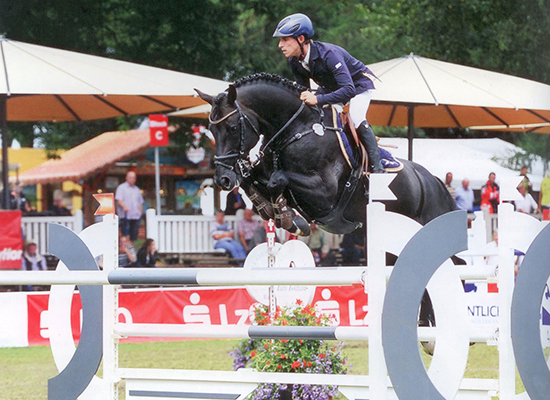
like Diarado and many many more!
Read more:
